Plastic Contamination in Food Waste Streams: Urgent US Challenges

The Global Crisis of Food Waste
Food waste isn’t just a loss of resources; it’s an environmental hazard riddled with hidden plastic threats. In August 2021, a US EPA report uncovered the pervasive plastic contamination in food waste streams, highlighting a threat to our environment, health, and economy.
U.S. Initiative to Combat Food Waste
The EPA’s report underscores the urgency of tackling plastic contamination amidst the global food crisis. Despite the U.S.’s ambitious goal to halve food loss and waste by 2030, plastic infiltration remains a significant hurdle.
Identifying the Culprits: Sources of Contamination
Plastic seeps into food waste from various sources, with packaging and containers ubiquitous to all source-separated organic waste streams including kitchen and catering industry waste being the main offenders. Recent studies reveal alarming levels of plastics in food waste, reaching up to 2.8 percent in certain streams.
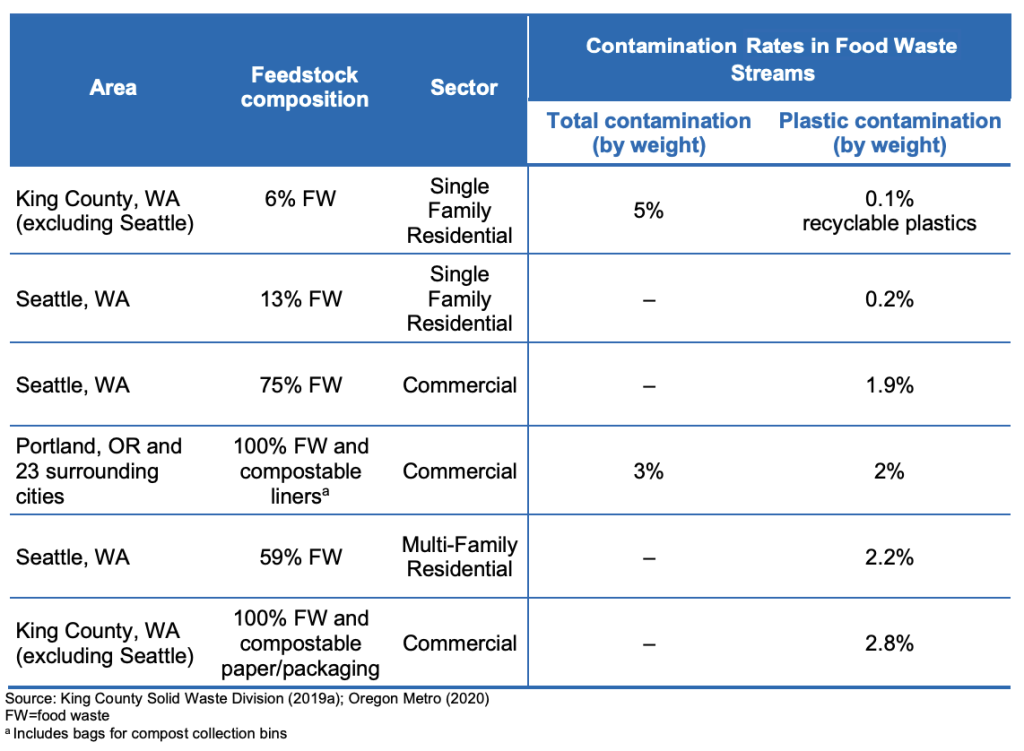
Challenges in Mitigating Plastic Contamination
Efforts to combat plastic contamination face challenges, from uncertain prevention techniques to imperfect processing strategies. Despite attempts to remove plastics, the milling and shredding process often exacerbates the issue.
Detecting Microplastics: A Complex Task
Standardized testing methods for microplastics are lacking, complicating risk assessments and regulatory frameworks. The emergence of nanoplastic particles adds a new layer of complexity.
Impacts of Plastic Contamination
Plastic contamination not only harms the environment but also disrupts progress toward comprehensive plastic the much-needed economy. The diminished marketability of contaminated products undermines waste diversion efforts and disrupts methane production.
Navigating Compostable Plastics
While compostable plastics offer promise, integrating them into food waste streams poses challenges and risks further contamination.
Collaborative Solutions
Stakeholders, from manufacturers to consumers, play a crucial role in mitigating plastic contamination. Innovative solutions, such as the Drycake Twister Depackaging and Separation System https://twisterseparator.com , offer hope for sustainable waste management.
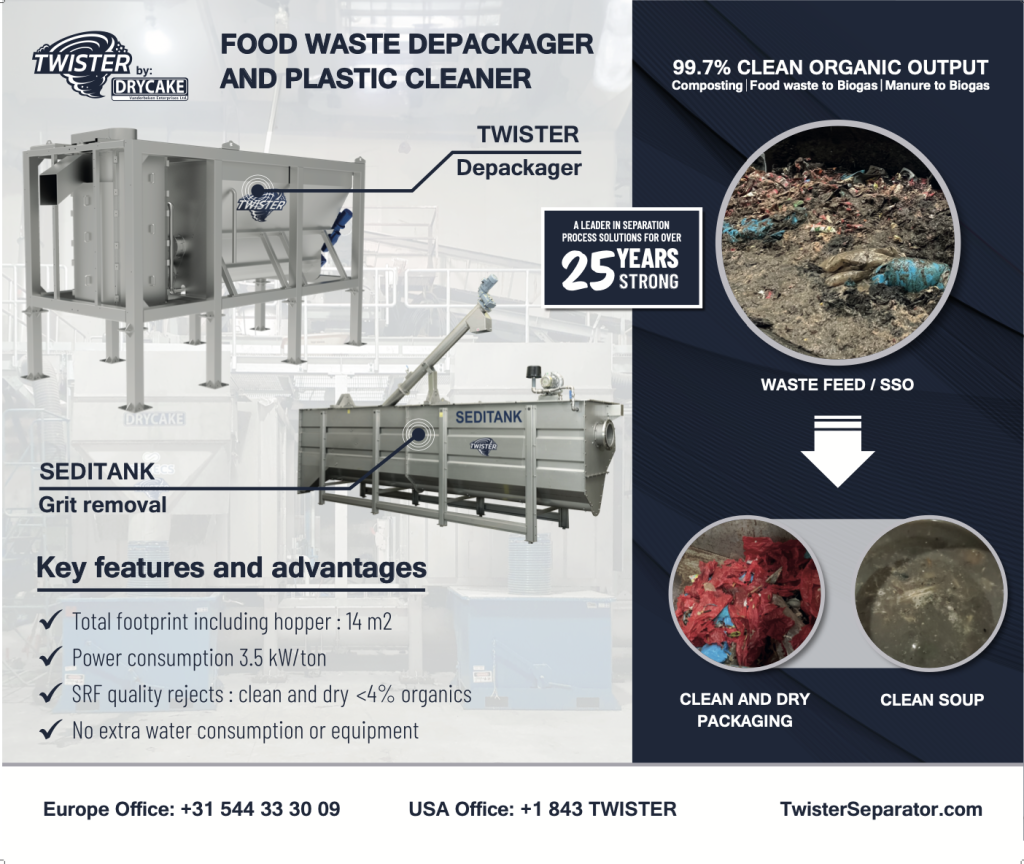
Drycake Twister: A Solution in Action
Drycake Twister provides cutting-edge depackaging and separation equipment aligned with the U.S.’s goals for food waste reduction. Their system facilitates profitable waste management while minimizing environmental impact.
Conclusion: Time for Action
Addressing plastic contamination in food waste demands urgent collective action if the US is to achieve their goals by 2030. Better food waste pre-treatment will repurpose this waste into a valuable commodity for re-use as animal feed etc., and if not for energy production. Only through collaboration to adopt innovative depackaging technology can we build a sustainable future and protect our planet from the looming plastic peril.
The EPA report is available at the following URL:
For more information and biogas projects, read BiogasWorld’s US Biogas Magazine.
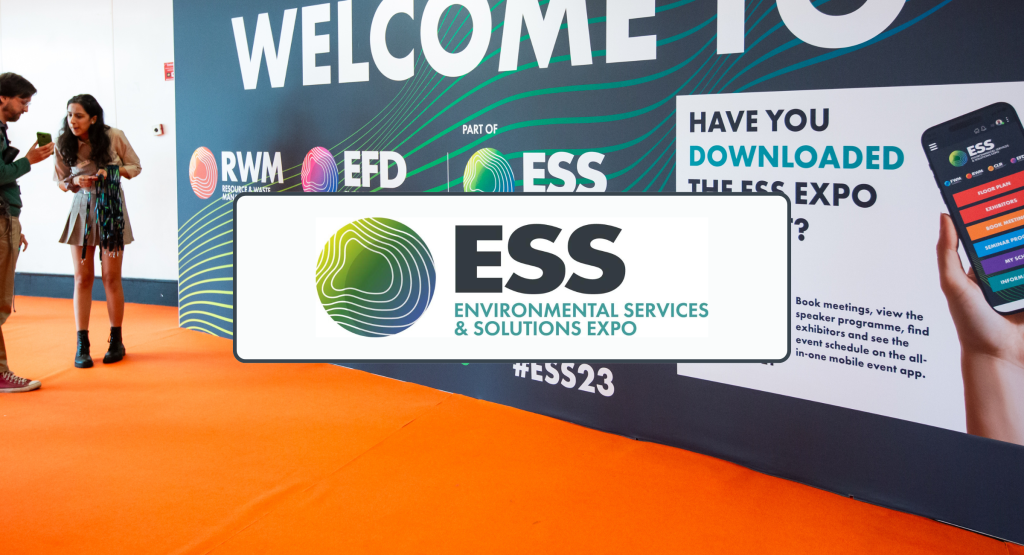
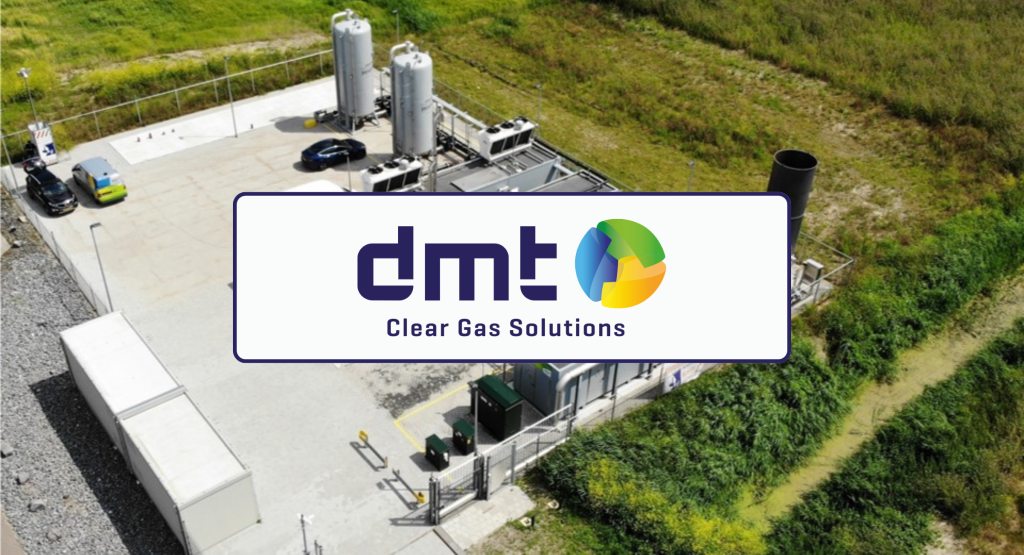

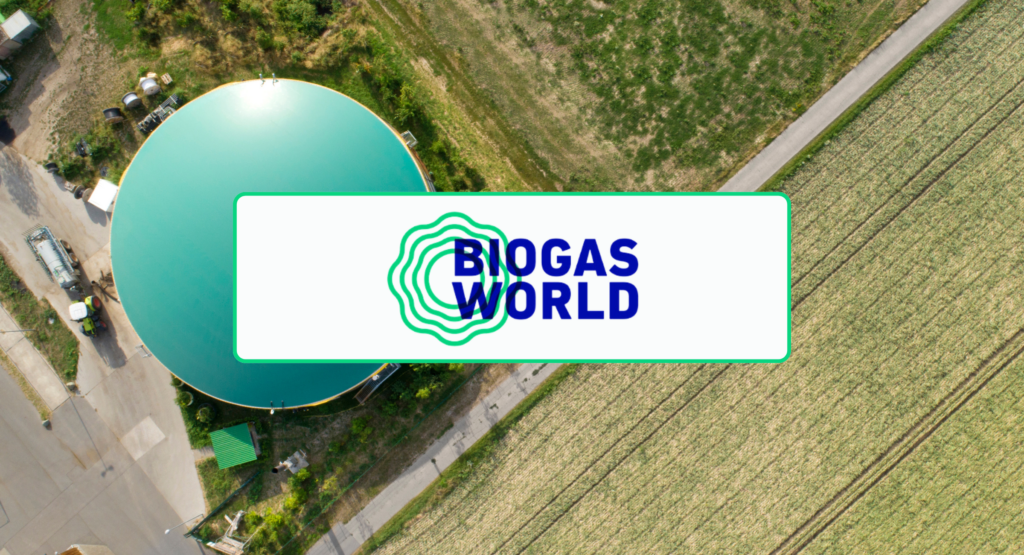
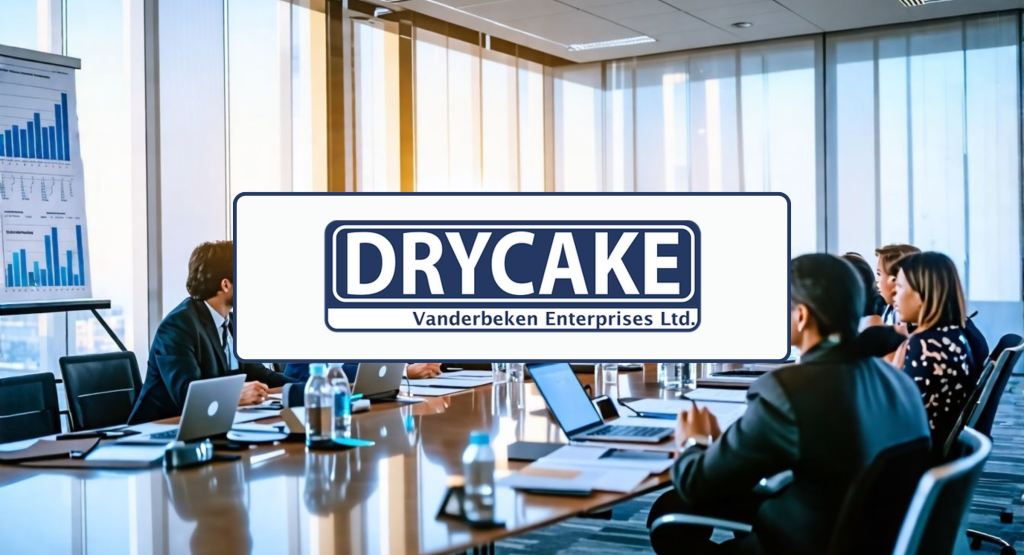
Comments